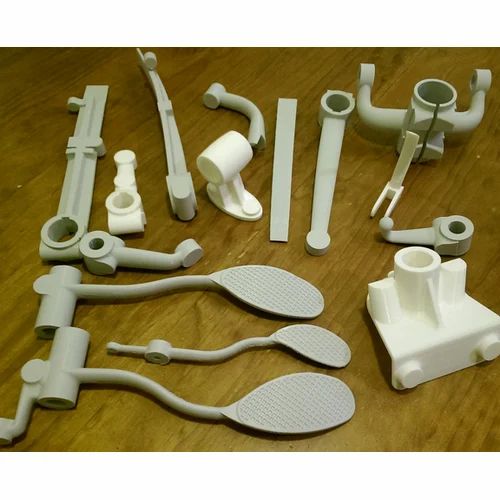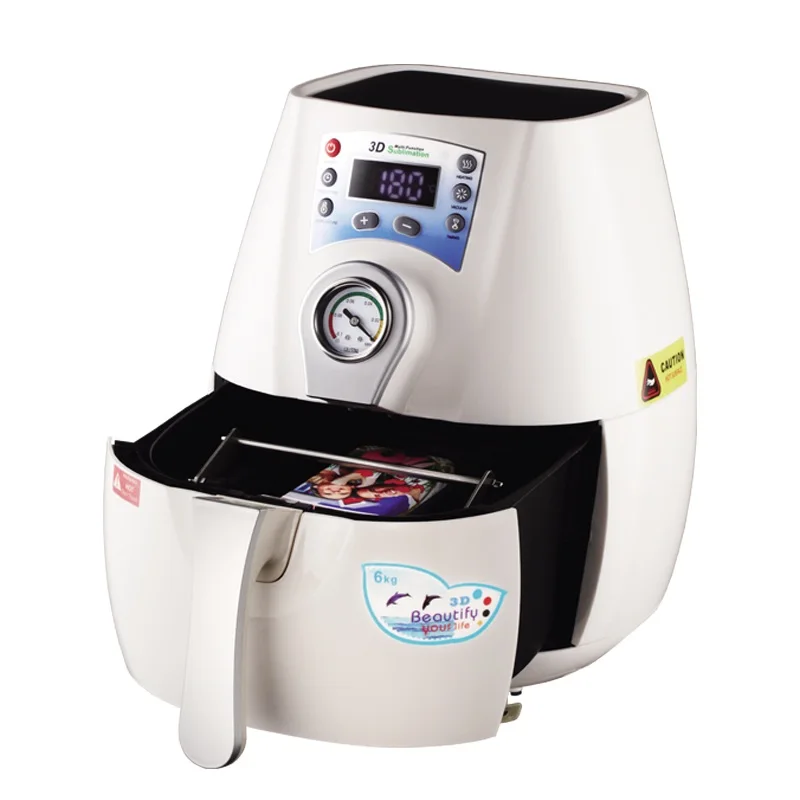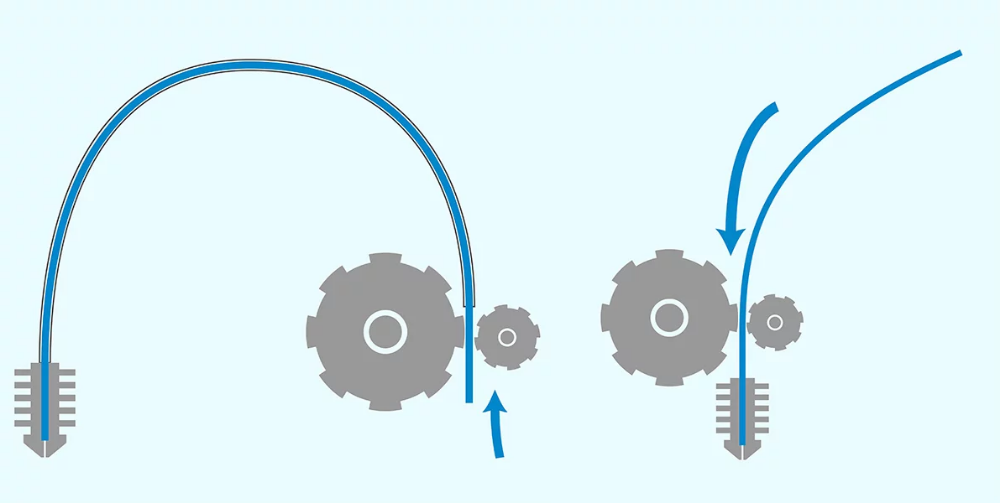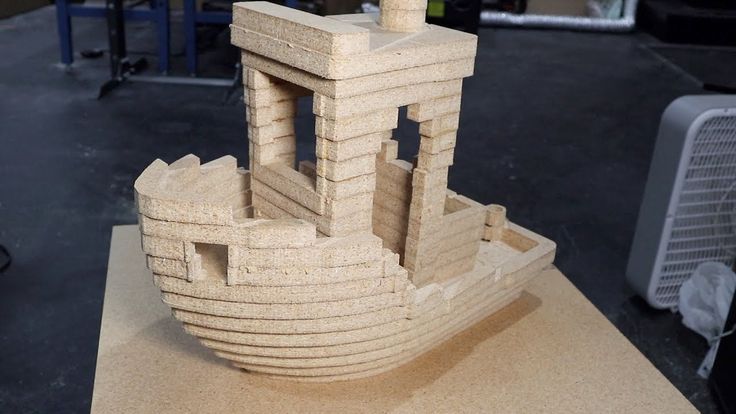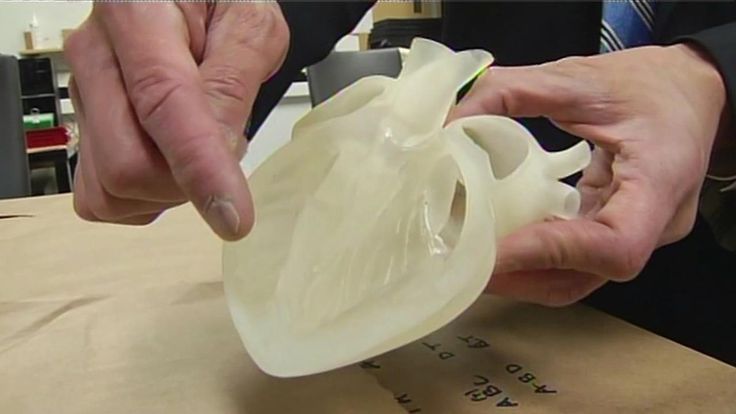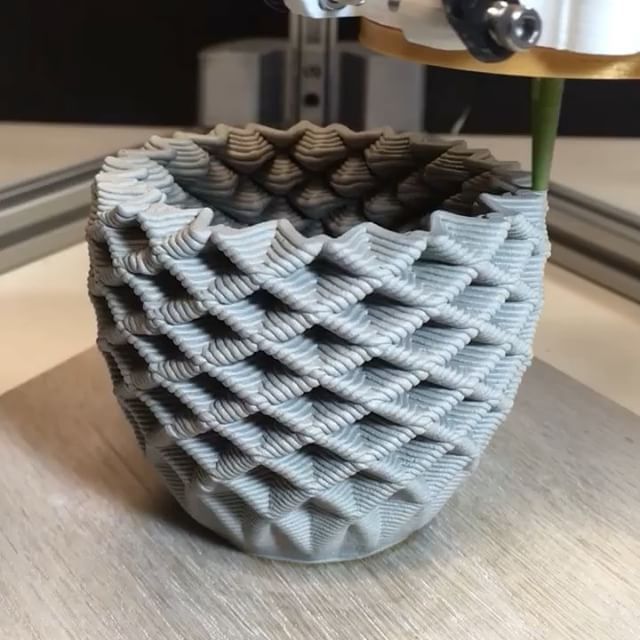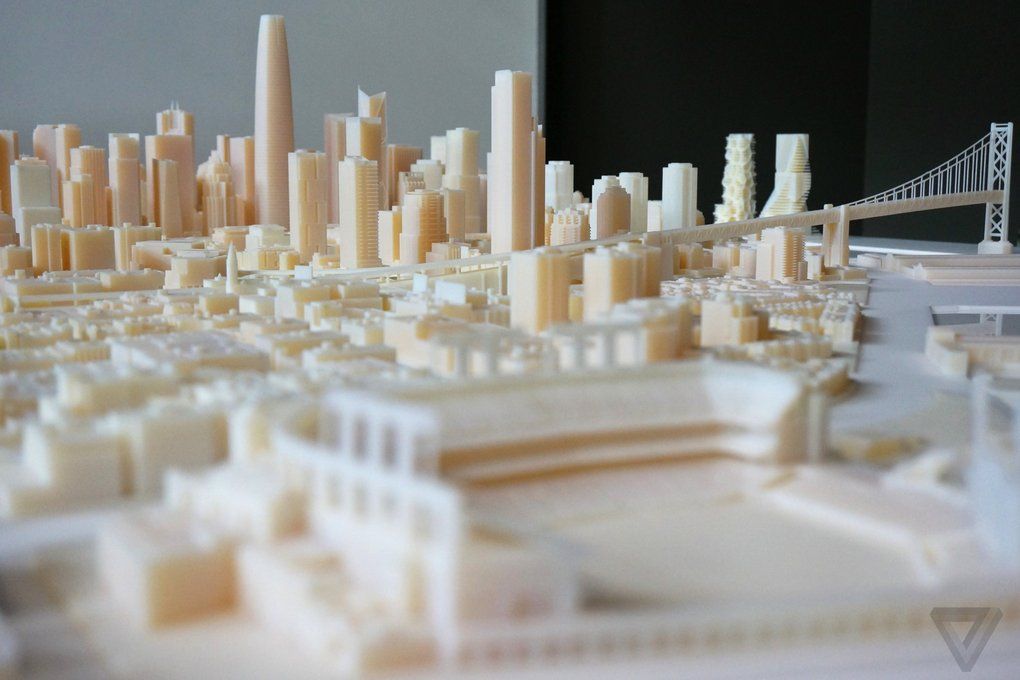What metals can be used in 3d printing
Can 3D Printing Use Metal? (Everything You Need To Know)
Yes, it is possible to 3D print items from metal. There are several manufacturing processes which fall under the heading of metal additive manufacturing, but this article concentrates on those which use layers of metal powder to build up and form complex structures that may be difficult to create with other techniques.
The metal 3D printing process involves sintering or melting metal powders directly, or combining them with a second material to allow delivery through a nozzle. It is used for both rapid prototyping and finished production parts for aerospace, mechanical engineering, tooling and more.
Contents
Click the links below to skip to the section in the guide:
- What metals can be used in 3d printing?
- What metals cannot be 3d printed?
- What processes can be used to 3D print metals?
- Other techniques
- Advantages and disadvantages
- What is the purpose of 3D metal printing?
- Is it expensive?
- Conclusion
A wide range of different metals can be used in powder form to manufacture parts through 3D printing. Titanium, steel, stainless steel, aluminium, copper, cobalt chrome, titanium, tungsten and nickel-based alloys are all available in powdered form for 3D printing, as are precious metals like gold, platinum, palladium and silver.
These different metals offer various properties, making them suitable for a range of applications. For example, stainless steel provides excellent corrosion resistance, making it ideal for printing pipes, valves and steam turbine parts.
Theoretically, any metal can be used for 3D printing if it is available as a suitable powder. However, materials that burn rather than melt at high temperatures cannot be processed safely by sintering or melting, but can be used when extruded through a nozzle for 3D printing. Wood, cloth and paper cannot be 3D printed using these processes.
It is also possible to use sintering (forming inside a mould at high temperature and extremely high pressure) to create solid items from metal powders and, in the case of those metals with very high melting points, sintering is the only reliable method to manufacture items from these materials.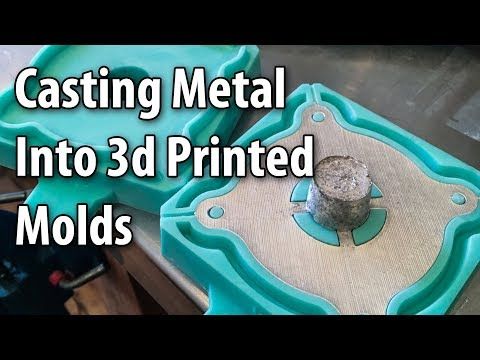
As hinted above, there are several technologies for 3D printing metals. Powder bed fusion techniques, which include Direct Metal Laser Sintering (DMLS), SLM (Selective Laser Melting) and EBM (Electron Beam Melting), are the more widely used techniques for metal additive manufacturing:
Direct Metal Laser Sintering (DMLS)
This commonly used method uses a laser to sinter metal powder layer-by-layer to form an object. The process does not actually melt the metal and is used for prototyping and manufacturing finished parts including medical devices and instruments.
Selective Laser Melting (SLM)
This process involves using a laser to melt the material where required within a layer of powder in an inert gas environment. This proceeds layer by layer for creating objects with similar parameters to those produced with casting. SLM is often used to manufacture parts from aluminium and titanium, including those for the medical, automotive and aerospace industries.
Electron Beam Melting (EBM)
This process is similar to SLM, except an electron beam is used to melt the material rather than a laser. EBM is perceived as being faster and more precise than SLM and is often used to manufacture items from cobalt and titanium. EBM is widely used by the aerospace industry for items including engine components.
There are other techniques that can or have been used for 3D printing metals, although these are not as widely used as DMLS, SLM or EBM:
Laser Metal Deposition (LMD)
LMD is used in the aerospace, automotive and medical industries, creating objects by depositing heated metal on a metallic substrate layer-by-layer. LMD allows different materials to be used to build an object and is faster than other methods
Selective Laser Sintering (SLS)
Similar to DMLS, this process also uses a laser to sinter powdered materials. It has been used to manufacture items from a wide range of materials, including metal. However, these days it is mostly used for sintering plastics, such as polyamide and nylon
Binder Jetting
This process uses a special liquid to bind the powder material and is less expensive than DMLS, SLM or EBM.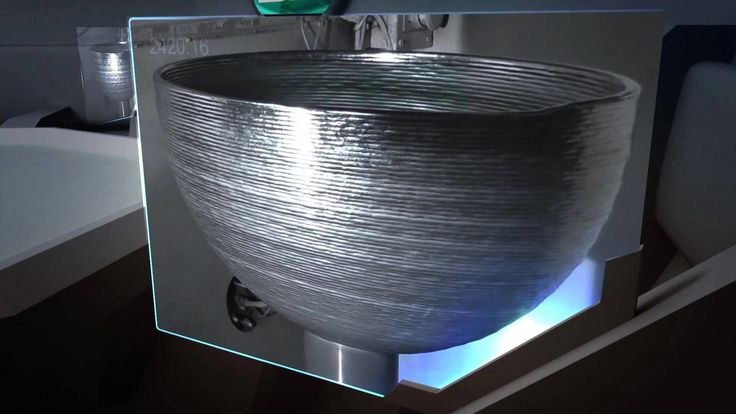 The accuracy and strength afforded by this process are not perfect and post-processing is often required. Hot isostatic pressing can be used to improve the strength and solidity of the finished object, but this increases the costs. Binder jetting is typically used for the manufacture of large scale and complex prototypes
The accuracy and strength afforded by this process are not perfect and post-processing is often required. Hot isostatic pressing can be used to improve the strength and solidity of the finished object, but this increases the costs. Binder jetting is typically used for the manufacture of large scale and complex prototypes
Metal Injection Moulding
This combination of injection moulding and 3D printing is widely used for making small components in industries including medical and defence. The process works by mixing metal powder with thermoplastic and wax binders. This mix is heated until the binder melts and covers the powder, which is then granulated into pellets. These pellets are heated and injected into a cavity to form the object before the binder material is removed, usually via solvent extraction. The part is then sintered, evaporating any remaining binder and compressing the object into a dense solid. The object can then be finished as required.
There are a number of benefits and drawbacks associated with 3D metal printing, as follows:
Advantages
- Easy to manufacture items with complex shapes faster than traditional manufacturing methods
- Cheaper than many conventional manufacturing methods for some parts
- Capable of producing precise and highly detailed objects
- Because details can be included at time of assembly, it can save time and money compared to more traditional methods of manufacture
- Complicated forms can be created to create lighter objects without sacrificing strength, making 3D metal printing ideal for automotive, aerospace and space applications
- Very little material wastage
- Multiple parts of a complicated assembly can be combined into a single component, reducing part count and assembly costs
Disadvantages
- Slow to produce parts designed for traditional manufacturing, making high volume production uncompetitive on cost alone
- Powdered metal materials are more expensive than non-powdered metals (e.
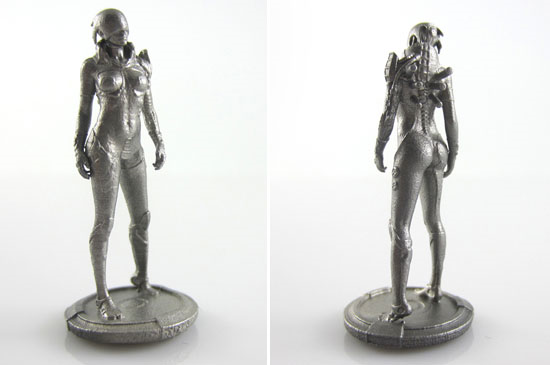 g. billet or bar)
g. billet or bar) - Metal 3D printers can be expensive
- Surface finishing and post-processing of 3D printed parts may be required
- Offers lower precision and tolerance than specialised CNC machining
- Heat treatment may be needed to reduce inner stresses in a 3D printed item, or achieve maximum strength in the metal
- Design of 3D metal parts can be complex and require the services of professional CAD engineers
- The size of parts is limited by the build volume of the 3D printer
The advantages and disadvantages of the process provide an insight into the purpose of 3D printing in metal, showing that it is well suited to manufacturing relatively small, complex parts, including prototypes. It can also facilitate tooling for conventional manufacturing technologies, lowering costs and reducing lead times.
By combining the flexibility of 3D printing with the mechanical properties of metal, this technology has found uses across industry, from inserts with cooling channels through lightweight structures for the aerospace industry, to complex parts to be used in highly demanding environments.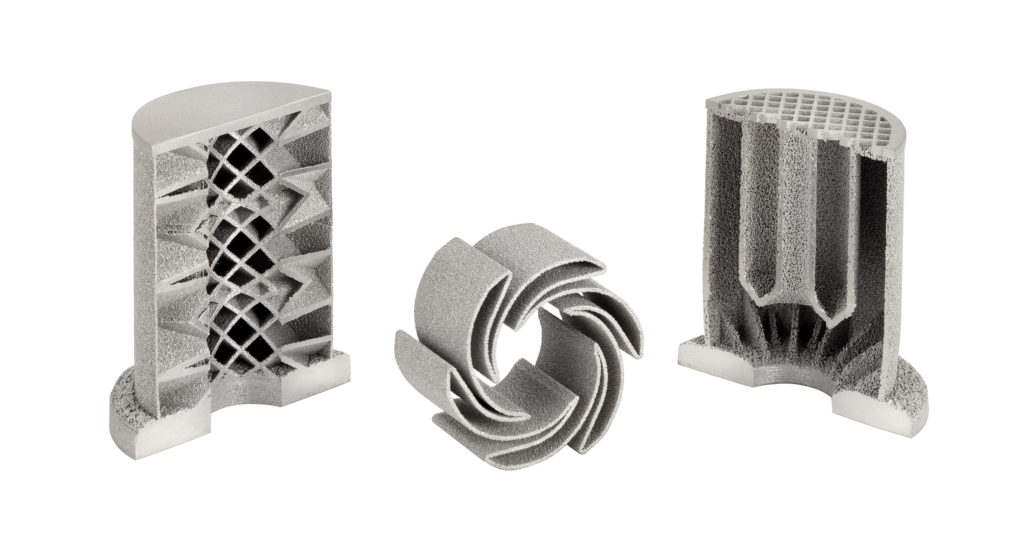 Typical uses include fully functional prototyping, creating production tools, tooling for moulds or inserts, housings, ductwork, heat exchangers and heatsinks.
Typical uses include fully functional prototyping, creating production tools, tooling for moulds or inserts, housings, ductwork, heat exchangers and heatsinks.
Of course, different metals lend themselves to the printing of different objects, for example:
- Stainless Steel: Perfect for objects that will come into contact with corrosive liquids, water or steam, due to the superb corrosion resistance
- Bronze: Pump impellors and marine propellers, fixtures and more decorative items, such as vases
- Gold: Can be used to print jewellery
- Nickel: Can be used to print turbine engine parts or even coins
- Aluminum: Ideal for metal objects, especially where lightweighting is required, such as with airframe parts
- Titanium: Capable of producing very strong, accurate parts such as medical implants (e.g. hip joints) and other solid fixtures and objects
Different 3D printing techniques use different solutions for industry with different materials and complexity, meaning that the cost of 3D printing in metal can vary substantially. However, most of the cost comes from the 3D printing machines, which can be a large proportion of overall costs for a production run, alongside labour, materials, preparation and post-processing. The requirement for high-quality powdered materials also adds to the cost of 3D metal printing as they are more expensive than non-powdered metals in the same quantities.
However, most of the cost comes from the 3D printing machines, which can be a large proportion of overall costs for a production run, alongside labour, materials, preparation and post-processing. The requirement for high-quality powdered materials also adds to the cost of 3D metal printing as they are more expensive than non-powdered metals in the same quantities.
As mentioned, printer prices can be high, with costs of several or even hundreds of thousands of pounds, although these prices are comparable to a high quality CNC machine tool of a similar size. As technology and the market size improves, it is expected that the price of 3D printing machines will decrease.
As well as the cost of materials and the printer, there are design costs for the objects to be created. This can involve the need to buy specialist software or hire the services of CAD engineers with specialist knowledge of 3D printing. There are, of course, other labour costs for the operation and maintenance of the machines.
Finally, there are costs associated with post processing of printed parts. This can include cleaning, heat treatment, the removal of support structures and applying coatings to the surface.
3D printing with metal, or additive manufacturing, allows for parts to be made with almost the same strength as regular metal objects.
While it can be expensive and is not well-suited to replacing conventional manufacturing for high volume production of standard items, it is ideal for making smaller, complex items. 3D printing with metals also assists with lightweighting for parts used in industries including aerospace and automotive.
Related Frequently Asked Questions (FAQs)
The Best Metal 3D Printing Materials for Additive Manufacturing
Nearly all metal 3D printing processes rely on metal powder. Whether used as a raw material or bound in a filament, it is the essential ingredient that enables machines to additively fabricate parts. This means the availability of metal 3D printing materials in additive manufacturing depends almost entirely on how easily the powderized form can be fused together.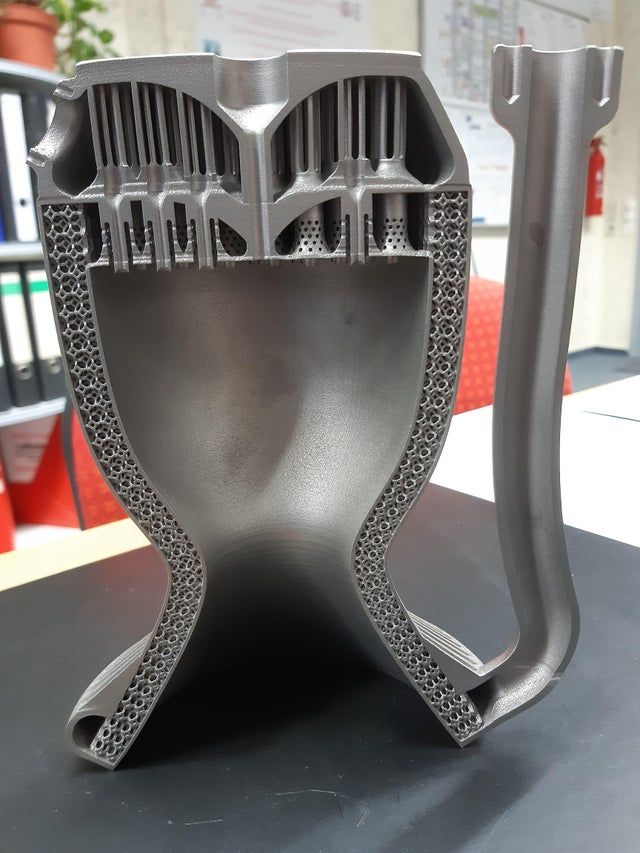 Aluminum powder, for example, is more difficult to meld together than steels that are much more easily bonded, and is therefore a lot less common of a metal 3D printed material.
Aluminum powder, for example, is more difficult to meld together than steels that are much more easily bonded, and is therefore a lot less common of a metal 3D printed material.
Request a demo
The most useful metal 3D printing materials offer manufacturers the greatest value-add compared to traditional manufacturing methods. Oftentimes this stems from machinability. Hard-to-machine materials like tool steels and titanium are traditionally very tough to work with, but because machinability does not equate to printability, these metals can be made on a 3D printer with minimal labor at a fixed, low cost per part.
Let’s review some of the metal 3D printing materials available on the Markforged Metal X system, and the pros and cons that each material brings to the manufacturing process.
3D printed 17-4 PH Stainless Steel grippers
Stainless Steel
Stainless steel is characterized by high strength and excellent corrosion resistance. This material is used across a vast range of industries and applications from manufacturing to assistive technology. Examples of 3D printed stainless steels include the extremely corrosion resistant 316L and the heat treatable 17-4 PH Stainless Steel.
This material is used across a vast range of industries and applications from manufacturing to assistive technology. Examples of 3D printed stainless steels include the extremely corrosion resistant 316L and the heat treatable 17-4 PH Stainless Steel.
Tool Steels
As the name suggests, this class of steels is used for a variety of manufacturing tooling. Anything on a production line that cuts, stamps, molds, or forms is probably made out of tool steel. Tool steels can withstand such harsh conditions because of their high hardness, and excellent high heat and abrasion resistance. Because of these properties, tool steels are very difficult and expensive to machine, making them an ideal candidates to be 3D printed. Popular powders and filaments include A2, D2, and h23 Tool Steel.
Titanium
This metal is strong, incredibly lightweight, and heat and chemical resistant. Normally, titanium is extremely challenging to machine (contributing to its high cost), making it a great metal 3D printing material. The most common 3D printed titanium is Titanium 64 (Ti-6Al-4V) and is used in situations when a very high strength to weight ratio is beneficial, such as aircraft.
The most common 3D printed titanium is Titanium 64 (Ti-6Al-4V) and is used in situations when a very high strength to weight ratio is beneficial, such as aircraft.
3D printed Inconel 625 crucible clips
Inconel 625
While 3D printers can be used to produce parts out of common metals such as steel, they can also fabricate parts out of superalloys that are uniquely suited for extreme environments. Inconel 625 is a strong, stiff, and very corrosion- and heat-resistant nickel-based superalloy that is often used in places like turbines and rockets. Other types of Inconel, namely Inconel 718, don’t have the same heat resistance that Inconel 625 has. The material is traditionally wildly expensive to machine; conversely, Inconel can be purchased in powder form and 3D printed for a fraction of the cost, opening the door to affordable Inconel components.
Because it conducts heat and electricity far better than traditional metals, copper has long been used in industrial fabrication. As a 3D printing material, copper is used for heat sinks and heat exchangers, power distribution components such as bus bars, manufacturing equipment including spot welding shanks, antennae for RF communications, and more.
As a 3D printing material, copper is used for heat sinks and heat exchangers, power distribution components such as bus bars, manufacturing equipment including spot welding shanks, antennae for RF communications, and more.
Read our Metal Design Guide
The current list of metal 3D printing materials is relatively short and focused on higher grade materials that are most financially beneficial to fabricate. However, as metal 3D printing matures, expect to see more and cheaper metal 3D printing filaments and powders available across different metal printing platforms. These materials, feeding off of the same cost benefits as the metals mentioned in this post, will open up new applications for metal printing and further its adoption by the manufacturing masses.
technologies, equipment, materials and new opportunities
There is no hotter trend in 3D printing today than metal. We will talk about metal printing at home, how it is done on an industrial scale, about technologies, applications, printers, processes, prices and materials.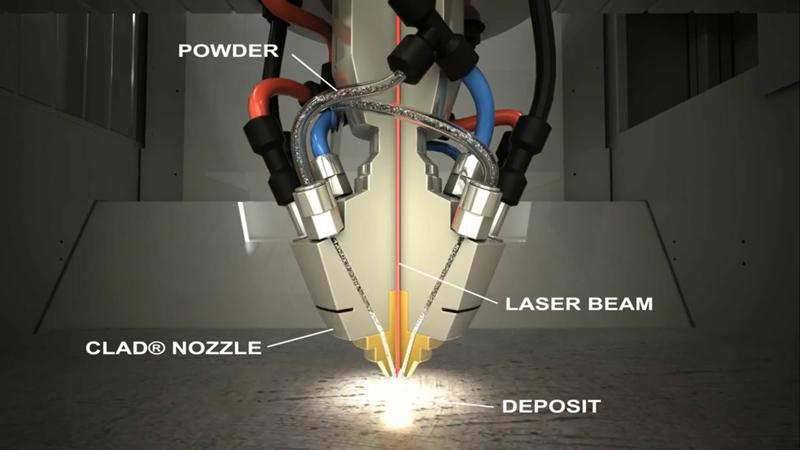 Over the past few years, 3D metal printing has been actively gaining popularity. And this is quite natural: each material offers a unique combination of practical and aesthetic qualities, can be suitable for a wide range of products, prototypes, miniatures, decorations, functional details and even kitchen utensils. The reason metal 3D printing has become so popular is because the printed objects can be mass-produced. nine0003
Over the past few years, 3D metal printing has been actively gaining popularity. And this is quite natural: each material offers a unique combination of practical and aesthetic qualities, can be suitable for a wide range of products, prototypes, miniatures, decorations, functional details and even kitchen utensils. The reason metal 3D printing has become so popular is because the printed objects can be mass-produced. nine0003
In fact, some of the printed parts are just as good (if not better) than those made by traditional methods. In traditional production, working with plastic and metal can be quite wasteful - there is a lot of waste, a lot of excess material is used. When an aircraft manufacturer makes metal parts, up to 90% of the material is simply cut off. 3D printed metal parts require less energy and waste is reduced to a minimum. It is also important that the final 3D printed product is up to 60% lighter than a traditional part. Billions of dollars could be saved in the aviation industry alone—mainly through weight savings and fuel savings. So, what do we need to know about metal 3D printing? nine0003
So, what do we need to know about metal 3D printing? nine0003
3D printing with metal at home
If you want to make objects at home that will look like metal, your best bet is to look at metalized PLA filaments (Photo: colorFabb)
Where to start if you want to print metal objects at home? Given the extreme heat required for true metal 3D printing, a conventional FDM 3D printer will not be able to do this. nine0003
It is unlikely that in this decade it will be possible to print with liquid metal at home. Until 2020, you probably will not have a printer specialized for this purpose at home. But in a few years, as nanotechnology advances, we may see significant developments in new applications. This can be 3D printed with conductive silver, which will emit in much the same way as it does in 2D home printers. It will even be possible to mix different materials like plastic and metal in one object. nine0003
Materials for Metal 3D Printing at Home
Even though you can't print actual metal objects at home, you can turn to plastic filament that has metal powders added to it. Bestfilament, ColorFabb, ProtoPasta and TreeD Filaments offer interesting metal-PLA composite filaments. These filaments, containing a significant percentage of metal powders, remain pliable enough to be printed at low temperatures (200 to 300 Celsius) on virtually any 3D printer. At the same time, they contain enough metal to make the final object look, feel, and even weigh like metal. Iron-based filaments even rust under certain conditions. nine0003
Bestfilament, ColorFabb, ProtoPasta and TreeD Filaments offer interesting metal-PLA composite filaments. These filaments, containing a significant percentage of metal powders, remain pliable enough to be printed at low temperatures (200 to 300 Celsius) on virtually any 3D printer. At the same time, they contain enough metal to make the final object look, feel, and even weigh like metal. Iron-based filaments even rust under certain conditions. nine0003
But you can go further. Typically, up to 50 percent metal powder is added to 3D printing filament. Dutch company Formfutura says they have achieved 85 percent metal powder with 15 percent PLA. These filaments are called MetalFil Ancient Bronze and Metalfil Classic Copper. They can be printed even at "moderate" temperatures from 190 to 200 degrees Celsius.
Metal 3D Printing Filament Spools, in this case by SteelFill and CopperFill colorFabb (Steel and Bronze), Ancient Bronze by Formfutura
Here are the key points about metal printing at home
- Get a unique metal surface and look
- Ideal for jewelry, figurines, household utensils, replicas
- Durability
- Objects are not flexible (structural dependent)
- Objects do not dissolve
- Not considered food safe
- Typical print temperature: 195 - 220°C nine0035 Extremely low shrinkage on cooling
- Table heating not required
- Printing complexity is high, requires fine tuning of nozzle temperature, feed rate, post-processing
Preparing Your Home Printer for Metal 3D Printing
Since getting metal 3D prints is more difficult than usual, you may need to upgrade your 3D printer nozzle, especially if you are an entry-level printer.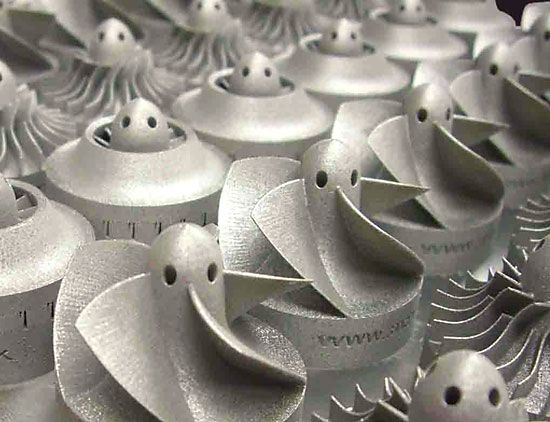 The metal filament wears it out quickly. There are hard-wearing hot-ends (like the E3D V6) that are themselves made of metal. They can withstand high temperatures and fit most printers. Be prepared for the fact that the nozzles will have to be changed frequently, because the metal filament is very abrasive. nine0003
The metal filament wears it out quickly. There are hard-wearing hot-ends (like the E3D V6) that are themselves made of metal. They can withstand high temperatures and fit most printers. Be prepared for the fact that the nozzles will have to be changed frequently, because the metal filament is very abrasive. nine0003
You will also need to take care of the final finishing of the surface (cleaning, grinding, oiling, waxing or priming) so that the printed metal object shines as it should.
How much is metal filament for 3D printing?
And what about metal filament for 3D printing? - you ask. Here are some examples:
- A 500-gram BFSteel and BFBronse coil from Bestfilament costs 1600–1800 ₽
- ColorFabb's 750 gram Bronzefill spool is $56.36
- ColorFabb's 750 gram Copperfill spool is $56.36
- Protopasta's Polishable Stainless Steel PLA Composite is $56 for 56 grams
- Protopasta's Rustable Magnetic Iron PLA Composite is $34.
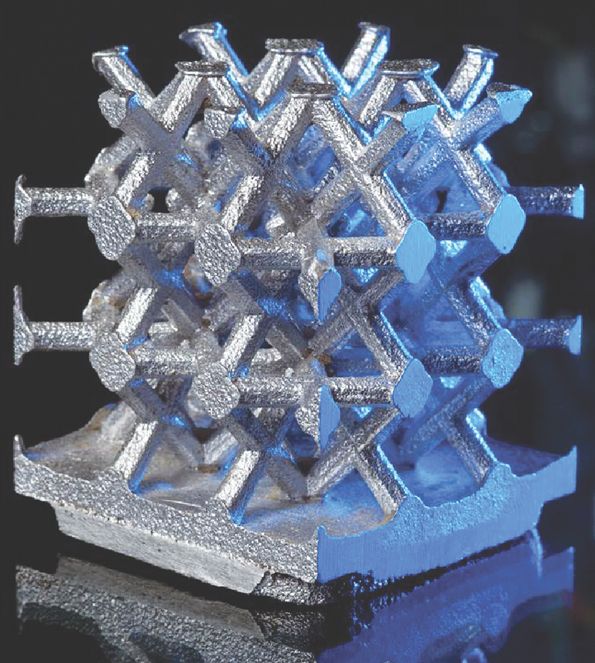 99 for 500 grams
99 for 500 grams
Industrial Metal 3D Printing
But what if you want better results or even full metal 3D printing? Should a real "metal" 3D printer be purchased for business needs? We wouldn't recommend it - unless you're going to be doing it every day. A professional metal 3D printer is expensive: EOS or Stratasys devices will cost you 100-500 thousand dollars. In addition, the costs will be even greater, since you will have to hire an operator, a worker to maintain the machine, as well as to finalize the printouts (polishing, for example). Just a note: In 2016, an affordable metal 3D printer didn't exist. nine0003
Reducing Metal 3D Printing Costs
If you are not going to open a metal 3D printing business, but still need a professionally 3D printed metal part, it is better to contact the appropriate company that provides such services. 3D printing services like Shapeways, Sculpteo and iMaterialise offer direct metal printing. They currently work with the following metal materials in 3D printing:
- aluminum
- steel
- brass
- copper
- bronze
- sterling silver
- gold
- platinum
- titanium
If you are a jeweler, you can also order wax models for casting in precious metals. If we talk about wax models, then in most cases it is they (with subsequent melting) that are used when printing with metals (including gold and silver). Not all orders are carried out directly by these firms. They usually turn to other metal 3D printing companies to complete the order. However, the number of such services around the world is growing rapidly. In addition, metal 3D printing techniques are becoming more and more common in companies that offer such services. nine0003
If we talk about wax models, then in most cases it is they (with subsequent melting) that are used when printing with metals (including gold and silver). Not all orders are carried out directly by these firms. They usually turn to other metal 3D printing companies to complete the order. However, the number of such services around the world is growing rapidly. In addition, metal 3D printing techniques are becoming more and more common in companies that offer such services. nine0003
The reason big companies love 3D printing so much is that it can be used to build fully automated lines that produce "topologically optimized" parts. This means that it is possible to fine-tune the raw materials and make the components thicker only if they must withstand heavy loads. In general, the mass of parts is significantly reduced, while their structural integrity is preserved. And this is not the only advantage of this technology. In some cases, the product turns out to be significantly cheaper and affordable for almost everyone. nine0003
nine0003
Please note that metal 3D printing requires special CAD programs for modeling. It is worth paying attention to the recommendations of Shapeways - 3D printing metal guidelines. To delve further into the topic, check out Statasys’ information on related 3D printers and the nuances of metal 3D printing.
Here are some examples of Benchy test model prices for metal 3D printing:
- Metal plastic: $22.44 (former alumide, PLA with aluminum)
- Stainless steel: $83.75 (plated, polished)
- Bronze: $299.91 (solid, polished)
- Silver: $713.47 (solid, mirror polished)
- Gold: $87.75 (gold plated, polished)
- Gold: $12,540 (solid, 18K gold)
- Platinum: $27,314 (solid, polished)
As you might expect, solid metal 3D printing prices are quite high.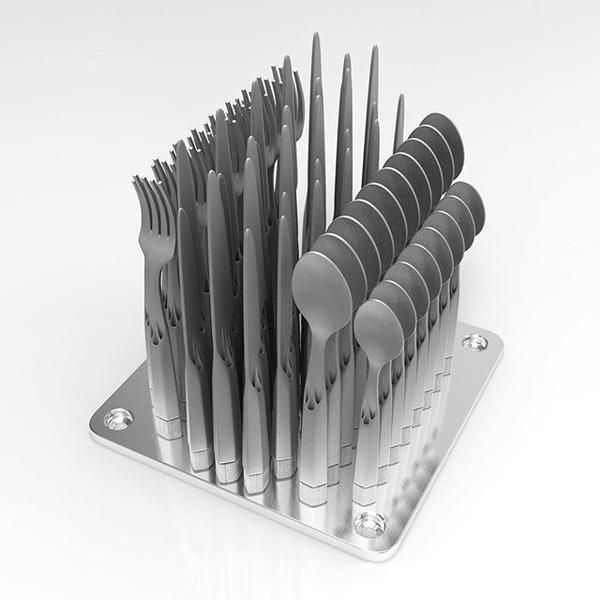
Metal 3D printing. Applications
GE LEAP aircraft engine parts 3D printed at Avio Aero (Photo: GE)
There are several industries that already use 3D printers to make everyday objects - you may not even know that these objects are printed. nine0003
- The most common case is surgical and dental implants, which in this design are now considered the best option for patients. Reason: they can be tailored to individual needs.
- Another industry is jewelry. Here, most manufacturers have abandoned resin 3D printing and wax casting, switching directly to metal 3D printing.
- In addition, the aerospace industry is becoming more and more dependent on 3D printed metal objects. The Italian company Ge-AvioAero was the first to do all-metal 3D printing. It manufactures components for LEAP aircraft engines. nine0036
- Another industry targeting metal 3D printing is the automotive industry. BMW, Audi, FCA are seriously considering this technology, not only for prototyping (3D printing has been used for this for quite some time), but also for making real parts.
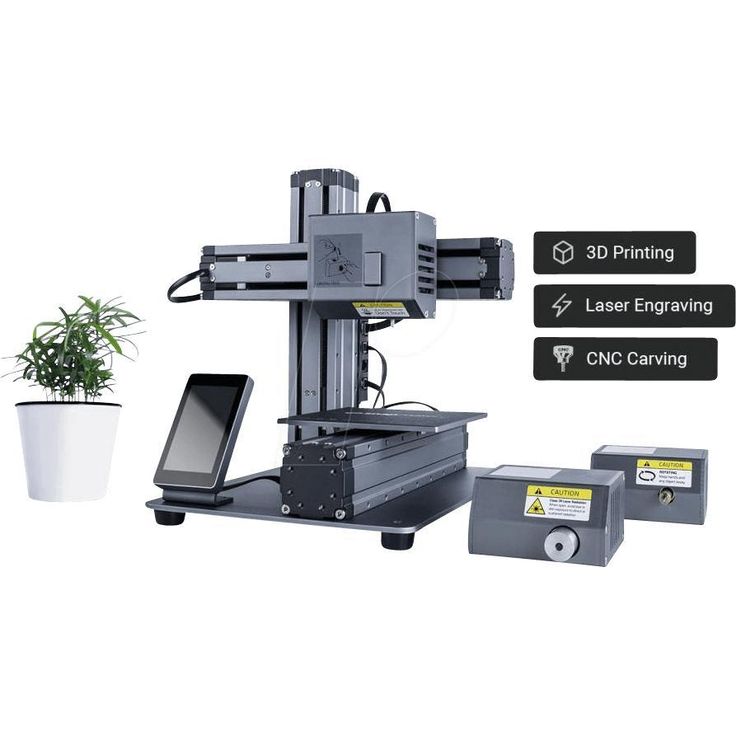
Before metal 3D printing really takes off, however, there are some hurdles to overcome. And first of all, this is a high price, which cannot be made lower than during molding. Another problem is the low production speed. nine0003
3D metal printing.
Technologies
Most metal 3D printing processes start with an “atomized” powder
You can talk a lot about “metal” 3D printers, but their main problems remain the same as any other 3D – printers: software and hardware limitations, material optimization and multimateriality. We won't talk too much about the software, we'll just say that most of the major specialized software companies, such as Autodesk, SolidWorks and solidThinking, try to emphasize as much as possible the fact that as a result of the 3D metal printing process, you can get any shape you want. nine0003
In general, printed metal parts can be as strong as parts made by traditional processes.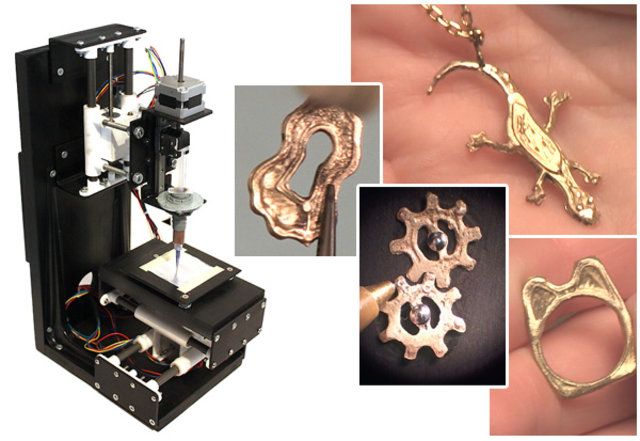 Parts made using DMLS technology have mechanical properties equivalent to casting. In addition, the porosity of objects made on a good "metal" 3D printer can reach 99.5%. In fact, manufacturer Stratasys claims that 3D printed metal parts perform above industry standards when tested for density. nine0003
Parts made using DMLS technology have mechanical properties equivalent to casting. In addition, the porosity of objects made on a good "metal" 3D printer can reach 99.5%. In fact, manufacturer Stratasys claims that 3D printed metal parts perform above industry standards when tested for density. nine0003
3D printed metal can have different resolutions. At the highest resolution, layer thickness is 0.0008 - 0.0012" and X/Y resolution is 0.012 - 0.016". The minimum hole diameter is 0.035 - 0.045″. Let's, however, consider what metal 3D printing technologies are.
Metal 3D Printing Process #1:
Powder Bed Fusion
The metal 3D printing process that most relevant large companies use today is called Powder Bed Fusion. This name indicates that some source of energy (a laser or other energy beam) melts an "atomized" powder (i.e., a metal powder that is carefully ground into spherical particles), resulting in layers of a printed object. nine0003
nine0003
There are eight major manufacturers of metal 3D printers in the world that already use this technology; while we are talking here, there are more and more such companies. Most of them are in Germany. Their technologies are called SLM (Selective Laser Melting - selective laser fusion) or DMLS (Direct Metal Laser Sintering - direct metal laser sintering).
Metal 3D printing process #2:
Binder Jetting
ExOne 3DP prints metal objects by binding the powder before firing it in a forge (photo: ExOne)
Another professional approach that also uses a powder base is called Binder Jetting. In this case, the layers are formed by gluing metal particles together and then sintering (or fusing) them in a high-temperature furnace, just like it is done with ceramics.
Another option, which is also similar to working with ceramics, is mixing metal powder into metal paste. A pneumatically extruded 3D printer (similar to a syringe bioprinter or an inexpensive food printer) forms 3D objects.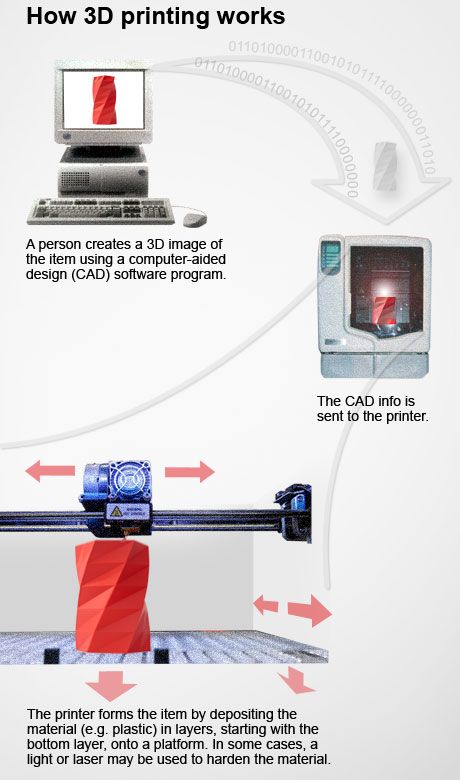 When the required shape is reached, the object is sent to the furnace, i.e. in the mountains This approach is used in the Mini Metal Maker, apparently the only inexpensive "metal" 3D printer.
When the required shape is reached, the object is sent to the furnace, i.e. in the mountains This approach is used in the Mini Metal Maker, apparently the only inexpensive "metal" 3D printer.
Metal 3D printing process #3:
Metal Deposition
It may seem that the only 3D printing process that is left out of working with metals is layer-by-layer deposition. This is not entirely true. Of course, on some desktop device, simply fusing metal threads onto the base will not work. However, very large steel companies can do it. And they do. There are two options for working with "metal surfacing".
One is called DED (Directed Energy Deposition) or Laser Cladding. Here, a laser beam is used to melt the metal powder, which is slowly released and solidifies as a layer, and the powder is fed using a robotic arm. nine0003
Usually the whole process takes place in a closed chamber, but in the MX3D project, conventional 3D printing techniques were used to build a full-sized bridge. Another option for metal fusion is called EBAM (Electron Beam Additive Manufacturing - additive electron beam technology), which is essentially soldering, in which a very powerful electron beam is used to melt 3 mm titanium wire, and the molten metal forms very large finished structures. As for this technology, its details are known so far only to the military. nine0003
Another option for metal fusion is called EBAM (Electron Beam Additive Manufacturing - additive electron beam technology), which is essentially soldering, in which a very powerful electron beam is used to melt 3 mm titanium wire, and the molten metal forms very large finished structures. As for this technology, its details are known so far only to the military. nine0003
Metal 3D printing. Metals
3D Printing Metal #1: Titanium
Pure titanium (Ti64 or TiAl4V) is one of the most commonly used metals for 3D printing and is definitely one of the most versatile, strong and lightweight. Titanium is used both in the melting process in a preformed layer and in the process of spraying a binder and is used mainly in the medical industry (for the manufacture of personal prostheses), as well as in the aerospace industry, automotive and machine tools (for the manufacture of parts and prototypes). But there is one problem. Titanium is very reactive and explodes easily in powder form.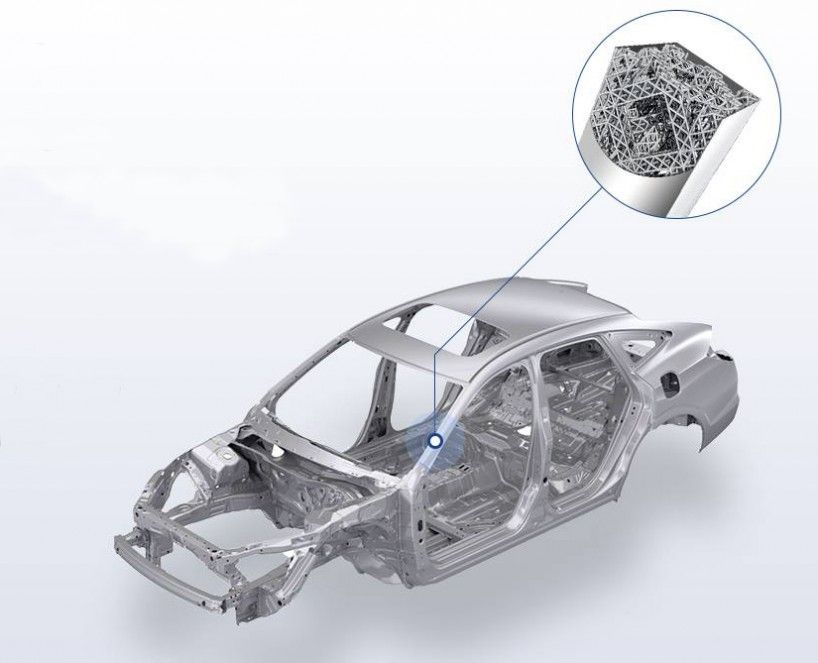 Therefore, it is necessary that titanium 3D printing takes place in a vacuum or in an argon environment. nine0003
Therefore, it is necessary that titanium 3D printing takes place in a vacuum or in an argon environment. nine0003
3D Printing Metal #2: Stainless Steel
Stainless steel is one of the cheapest 3D printing metals. At the same time, it is very durable and can be used in a wide range of manufacturing and even artistic and design applications. The type of steel alloy used also contains cobalt and nickel, is very difficult to break, and has a very high elasticity. Stainless steel is used almost exclusively in industry.
3D Printing Metal #3: Inconel
Inconel is a superalloy manufactured by Special Metals Corporation, its registered trademark. The alloy consists mainly of nickel and chromium and is very heat resistant. Therefore, it is used in the oil, chemical and aerospace (for black boxes) industries.
3D Printing Metal #4: Aluminum
Due to its lightness and versatility, aluminum is very popular in 3D printing. Aluminum alloys are commonly used.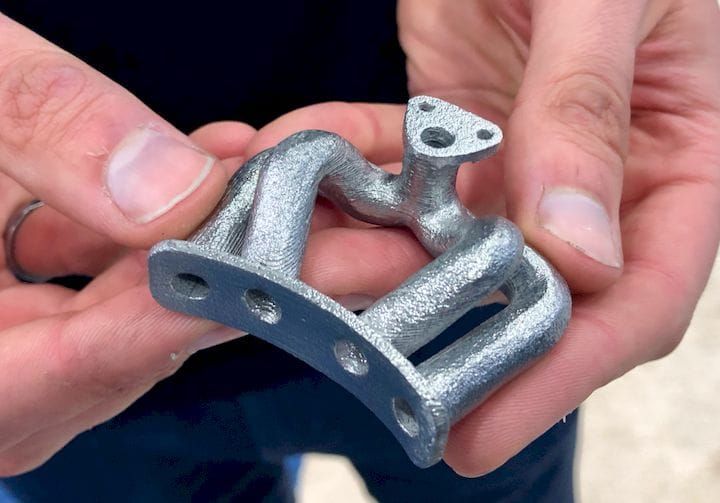 nine0003
nine0003
3D Printing Metal #5: Cobalt-Chromium
This alloy has a very high specific strength (i.e. strength divided by density, which generally indicates the force required per unit area to break). It is most commonly used in the manufacture of turbines, dental and orthopedic implants, where 3D printing has become the dominant technology.
Metal for 3D printing №5. Copper and Bronze
With few exceptions, copper and bronze are used in wax melting processes, rarely in layer melting. The fact is that these metals are not very suitable for industry, they are more often used in the manufacture of works of art and crafts. ColorFabb offers both metals as the basis for a special metal filament. nine0003
Metal for 3D printing №6. Iron
Iron, incl. magnetic, also mainly used as an additive to PLA-based filaments, which are produced, for example, by ProtoPasta and TreeD.
Metal for 3D printing №7. Gold, silver, and other precious metals
Most preformed-layer companies can 3D print precious metals such as gold, silver, and platinum.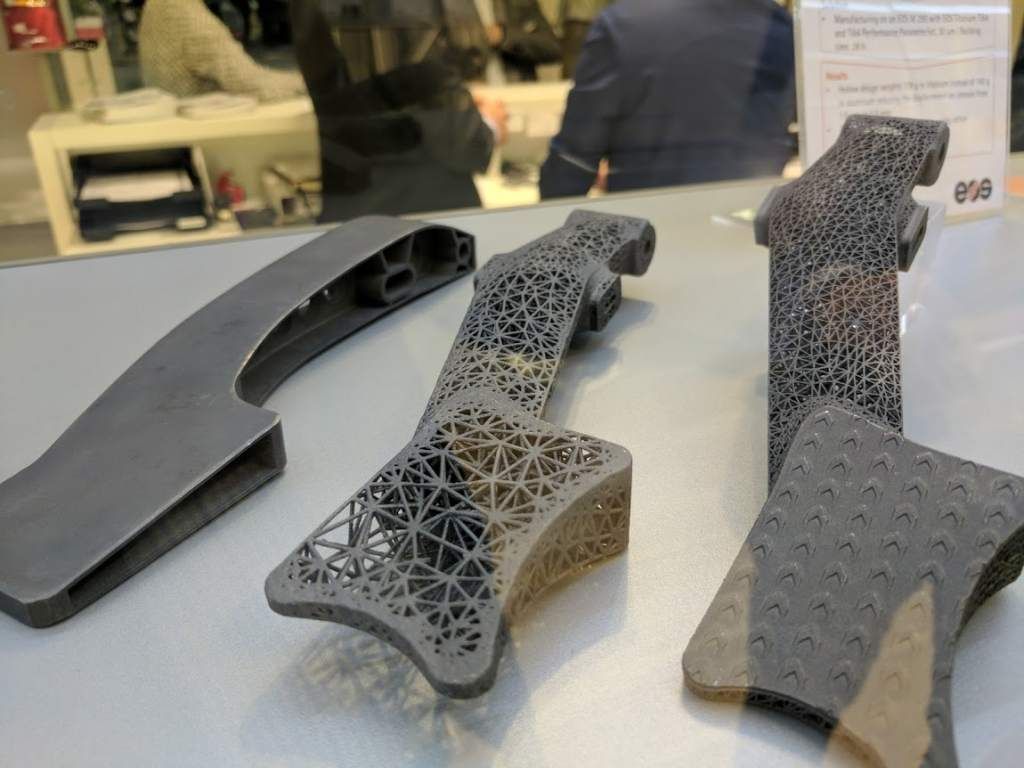 Here, along with the preservation of the aesthetic properties of materials, it is important to achieve optimization of work with expensive starting powder. Precious metal 3D printing is required for jewelry, medical applications and electronics. nine0003
Here, along with the preservation of the aesthetic properties of materials, it is important to achieve optimization of work with expensive starting powder. Precious metal 3D printing is required for jewelry, medical applications and electronics. nine0003
Metal 3D printing. Printers
Do not hesitate - the purchase of a metal 3D printer will not go unnoticed for your budget. It will cost at least 100-250 thousand dollars. Here is a list of a variety of "metal" printers, some of which can be found in firms providing 3D printing services.
Metal 3D Printer #1:
Sciaky EBAM 300 Metal Filament Printing
If you need to print really large metal structures, Sciaky's EBAM technology is your best bet. By order, the device can be built in almost any size. This technique is used mainly in the aerospace industry and the military. The largest of Sciaky's serial printers is the EBAM 300. It prints objects in a volume of 5791 × 1219 × 1219 mm.
The company claims the EBAM 300 is also one of the fastest industrial 3D printers on the market. A three-meter-sized titanium part for an aircraft is printed on it in 48 hours, while the material consumption is about 7 kg per hour. In general, forged parts that usually take 6-12 months to complete can be made in 2 days with this 3D printer. nine0003
Sciaky's unique technology uses a high energy electron beam that melts a 3mm titanium rod at a typical melting rate of 3 to 9 kg per hour.
Metal 3D Printer #2:
Fabrisonic UAM - Ultrasonic 3D Printing
Another way to print large metal parts is UAM (Ultrasound Additive Manufacturing Technology) from Fabrisonic. The devices of this company are three-axis CNC cutters, to which welding heads are added for the additivity of the process. The metal layers are first cut and then ultrasonically welded. The largest Fabrisonic 7200 printer operates in a volume of 2 x 2 x 1.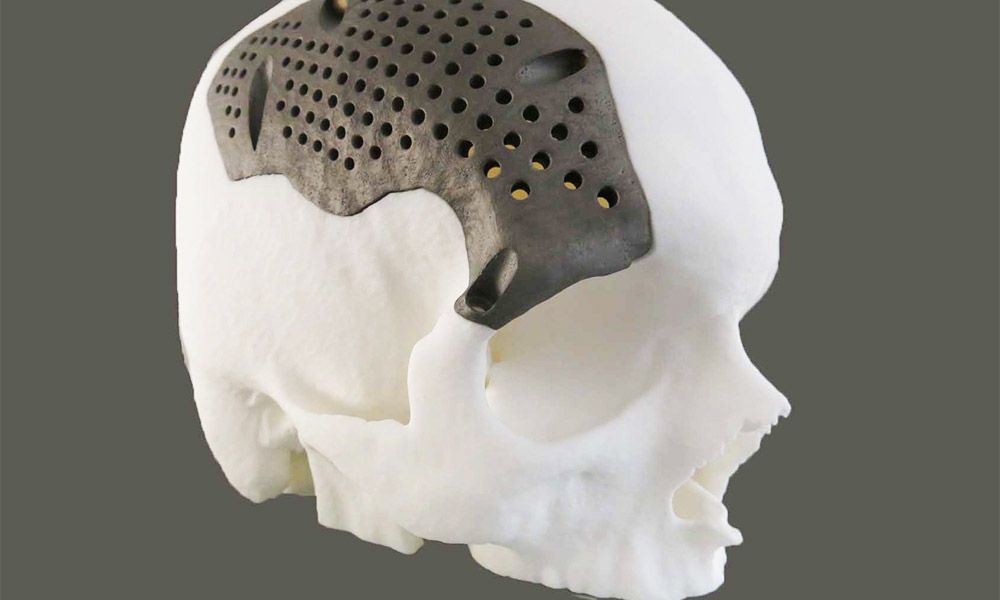 5 m.
5 m.
#3 Metal 3D Printer:
Concept Laser XLine 1000 Metal Powder 3D Printing
modeling - 630 × 400 × 500 mm, and itself the size of a house.
Its German company, one of the main suppliers of 3D printers for aerospace giants like Airbus, recently introduced a new device, the Xline 2000.
This equipment uses two lasers and the working volume is 800 × 400 × 500 mm. Uses LaserCUSING laser technology (a variant of selective laser fusion) from Concept Laser, which allows you to print alloys of steel, aluminum, nickel, titanium, precious metals and even some pure substances (titanium and stainless steel).
Metal 3D printing. Services
There are more than 100 companies worldwide offering metal 3D printing services. We list the most popular services for consumer needs. nine0003
#1 Metal 3D Printing Service: Shapeways
The world's most popular 3D printing service, Shapeways offers two types of services. As a consumer, you can choose from a wide range of professionally designed objects, customize them, and then have them printed to your specifications. Like other 3D printing services, Shapeways offers a platform for designers to sell and print their work. Shapeways is also a good place for rapid prototyping: customers benefit from industrial-grade printers (EOS, 3D Systems) and personal technical support. nine0003
As a consumer, you can choose from a wide range of professionally designed objects, customize them, and then have them printed to your specifications. Like other 3D printing services, Shapeways offers a platform for designers to sell and print their work. Shapeways is also a good place for rapid prototyping: customers benefit from industrial-grade printers (EOS, 3D Systems) and personal technical support. nine0003
3D printing metals: aluminium, brass, bronze, gold, platinum, precious metal plating, silver, steel. There are also wax molds for jewelry purposes.
Metal 3D Printing Service #2: Sculpteo
Like Shapeways and i.materialise, Sculpteo is an online 3D printing service that allows anyone to upload 3D models and send them for fabrication in a wide range of materials. Like its competitors, Sculpteo provides a platform for hobbyists and professionals to showcase and sell their designs. The stable of Sculpteo printers includes highly professional machines from 3D Systems, EOS, Stratasys and ZCorp.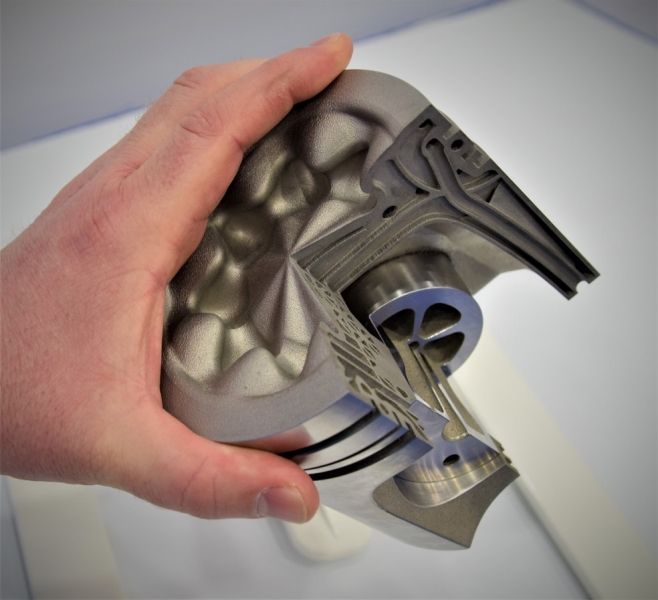 Extensive technical documentation will help identify design flaws and select the right material for the project. nine0003
Extensive technical documentation will help identify design flaws and select the right material for the project. nine0003
3D printing metals: alumide (plastic with aluminum particles), brass, silver.
Metal 3D Printing Service #3: iMaterialise
Materialise is a company that works with industrial clients to prototype 3D printed products. For casual users and designers, Materialize offers an online 3D printing service called i.materialise. As with Shapeways, this service allows anyone to upload their 3D designs and print them out. Once an object has been uploaded and successfully printed, a designer can list it for sale either in the gallery of the i.materalise online store or by embedding some code into their site. nine0003
3D printing metals: alumide (plastic with aluminum powder), brass, bronze, copper, gold, silver, steel, titanium.
Metal 3D Printing Service #4: 3D Hubs
Through 3D Hubs, you can search for individuals and businesses that offer 3D printing services in your area, upload STL files (which are immediately assessed for defects), and contact directly with service providers to get the job done.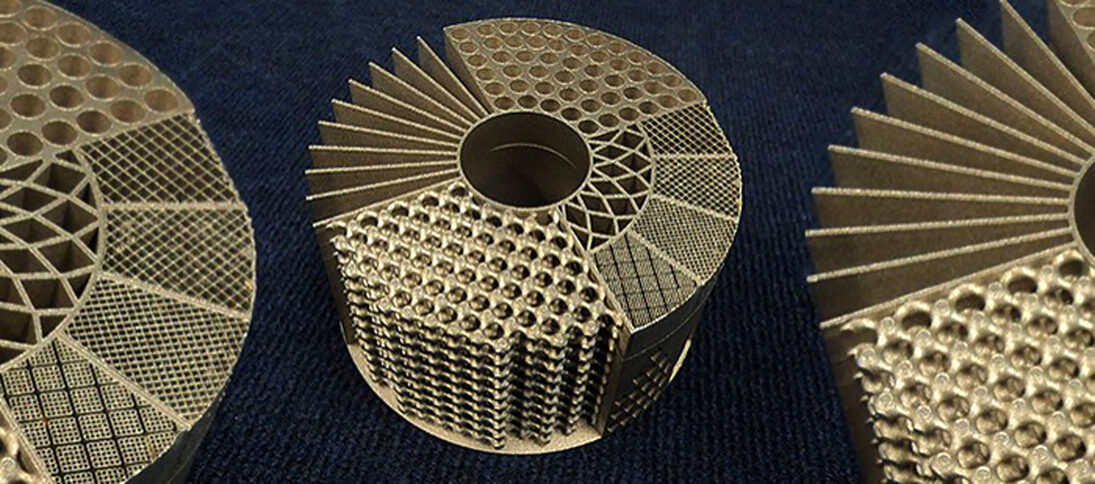 The online 3D printing service also allows you to sort offers by materials, customer rating, distance and many other parameters. Whatever object you wish to print, there is likely to be someone nearby who can print it. A significant number of materials can be printed in industrial quality, such materials have an HD mark in the search field. nine0003
The online 3D printing service also allows you to sort offers by materials, customer rating, distance and many other parameters. Whatever object you wish to print, there is likely to be someone nearby who can print it. A significant number of materials can be printed in industrial quality, such materials have an HD mark in the search field. nine0003
3D printing metals: aluminium, bronze, cobalt-chromium, stainless steel, titanium.
Source
Tags:
Metal 3D Printing, Metal 3D Printing Process, Metal 3D Printing Industry, Metal 3D Printing Materials, Metal 3D Printer, Fasonic EBAM 300 , Concept Laser XLine 1000
METAL 3D PRINTING. Characteristics and features of materials.
One of the important advantages of metal 3D printing is the ability to create a product from almost any alloy. In addition to standard metals, there is a wide range of special alloys - unique high-tech materials that are produced for specific customer tasks. nine0003
nine0003
The 3D printing process with metals consists in the sequential layer-by-layer fusion of metal powders using powerful ytterbium laser radiation. The industry uses several different names for the same process, including selective laser melting (SLM).
Main advantages of 3D metal printing:
high density: 1.5 times higher than casting;
· the ability to create miniature and geometrically complex objects and other unique forms in the form of closed bionic structures; nine0003
Wide range of metal alloys, both standard and special;
· Shortening production cycles and speeding up the output of finished products.
Applications:
aerospace industry;
mechanical engineering;
automotive industry;
oil and gas industry;
electronics;
medicine;
food industry;
· research and experimental work in design bureaus, scientific and educational centers. nine0003
Types of metals used in additive manufacturing
Modern additive technologies involve the use of about 20 tested and ready-to-use materials, including tool, stainless, heat-resistant alloys, aluminum and titanium alloys, medical cobalt-chromium and titanium.
Since there are a lot of metals, and each of them has certain properties, one metal can be replaced by another based on technological tasks. For example, if it is necessary to use a titanium alloy in the technological chain, then the technologist will be able to choose one of the many titanium alloys with the properties that are needed for the production of a particular product. nine0003
The following materials are the most common and in demand:
Material Ti 6 Al 4 V (Titanium Alloy)
Ti6Al4V is the most common titanium alloy with excellent mechanical properties. Considered the strongest and toughest titanium alloy, it is particularly difficult to process. It has a density of 4500 kg/m³ and a tensile strength of more than 900 MPa. The Ti6Al4V alloy offers undeniable weight saving benefits in industries such as aerospace, automotive and shipbuilding. These metals are used, in particular, in the manufacture of inserts in molds, turbine blades, combustion chambers, as well as products designed to operate at high temperatures (up to +1100°C). nine0003
nine0003
The main technical parameters of titanium alloy 3D printing are as follows:
Material IN 718 (Nickel Alloy)
Nickel has the ability to dissolve many other metals in itself while maintaining ductility, so there are many nickel alloys. For example, in combination with chromium, they are widely used in aircraft engines, they are used to make working and nozzle blades, turbine rotor disks, combustion chamber parts, etc. The most high-temperature resistant are nickel-based complex alloys that can withstand temperatures up to +1100°C for hundreds and thousands of hours under high static and dynamic loads. The minimum wall thickness and roughness can be attributed to the titanium alloy material. Its main mechanical properties are as follows:
Material AlSi 10 Mg (Aluminum Alloy)
These are the cheapest casting alloys. Their advantages include high corrosion resistance, fluidity, electrical and thermal conductivity. In industry, they are used, as a rule, for the manufacture of large-sized thin-walled castings of complex shape.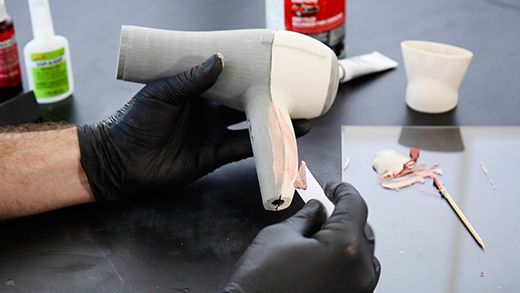
Main technical parameters of aluminum alloy:
Material 316 L (Stainless steel)
This category includes complex alloy steels with a chromium content (not less than 12%). Chromium oxide forms a corrosion-resistant film on the metal surface, which can be destroyed under the influence of mechanical damage or chemical environments, but is restored as a result of reaction with oxygen. Stainless alloys are used in the production of valves for hydraulic presses, fittings for cracking units, springs, welded equipment operating in aggressive environments, and products used at high temperatures (+550…800°C). Currently, it is the leader in demand among metal materials in the 3D printing industry. nine0003
The main technical parameters of stainless steel 3D printing:
The potential of metal 3D printing
Modern technologies make it possible to obtain powder for metal 3D printing with certain properties to solve specific production problems. And since almost any metal can be sprayed, the range of metal materials for 3D printers is extremely extensive.
And since almost any metal can be sprayed, the range of metal materials for 3D printers is extremely extensive.
Achievements in metallurgy are fully realized in additive manufacturing, allowing the use of unique alloys for the manufacture of geometrically complex products of increased accuracy, density and repeatability. At the same time, the introduction of metal additive installations also has limiting factors, the main of which is the relatively high cost of powders. nine0003
Metal 3D printing has great potential to improve production efficiency in many industries and is being used by a growing number of companies and research organizations. An example for the global industry is shown by such industrial leaders as General Electric, Airbus, Boeing, Michelin, who have already moved from the manufacture of single metal products to serial additive manufacturing.
Metal 3D printing is constantly evolving and every year it becomes one step closer and more accessible. This technology is not so accessible for personal use and most likely will not become so, but nevertheless it has become more accessible and, in addition to large companies, entrepreneurs of medium and possibly even small businesses can use it.


